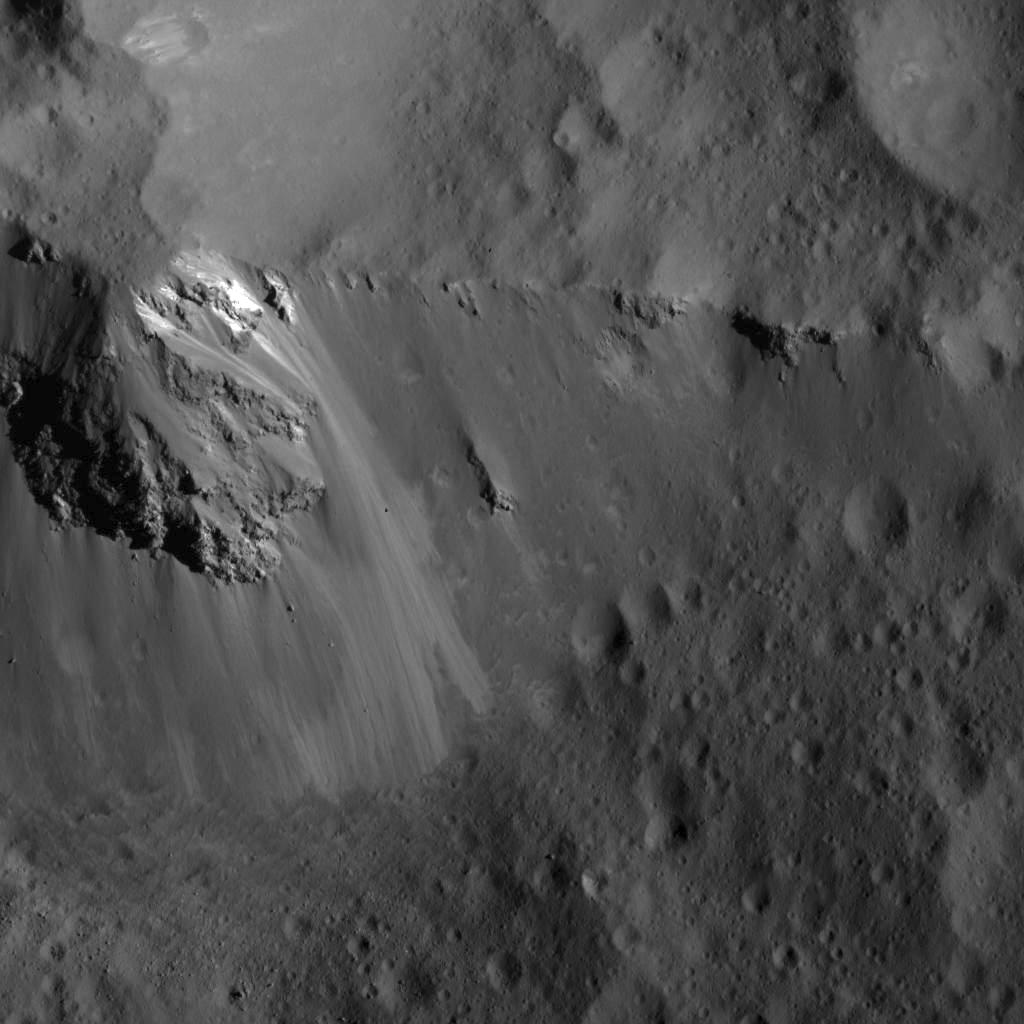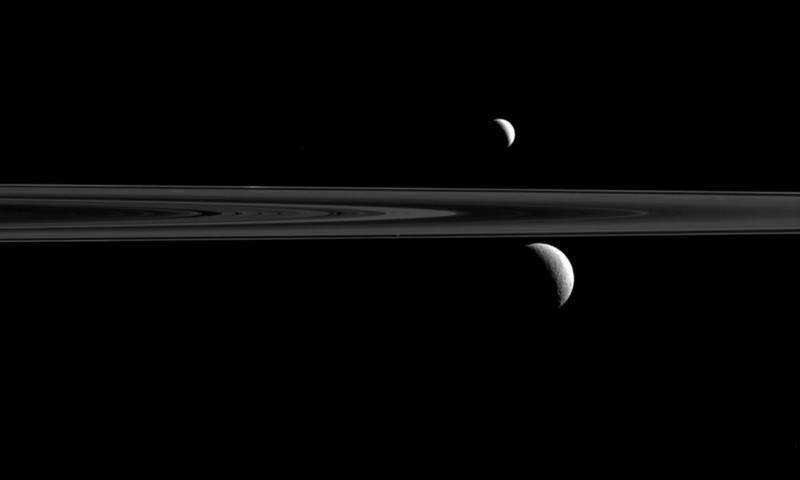

picture courtesy NASA/JPL/Space Science Institute 11, 2005, is finely showing rock outcrops on the tiny moon. 25, 2005 at a distance of 12,000 miles (20,000 km) from the moon only, this view is showing how the smooth surface of Telesto suggests that the moon is covered with a fine, dust-sized icy material, like Pandora.

picture courtesy NASA/JPL/Space Science InstituteĪnother view of Telesto, unresolved at 477,000 miles (758,000 km). Only the shape and no surface features are resolved at the distance of the picture. Telesto is 60° ahead, Calypso 60° behind. picture courtesy NASA/JPL/Space Science Instituteīest view of Telesto (15 mi -24 km across), this Trojan moon to Tethys along with Calypso (14 mi -22 km across). Seen here, with the massive globe of Saturn, is Telesto, one of Tethys' Trojans.

Trojans satellites are small moons found at gravitationally stable, Lagrangian points ahead or behind a larger moon Polydeuces (S/2004 S5), the second Trojan of Dione was discovered lately only, by Cassini. Telesto and Calypso are Trojans of Tethys as Helene and Polydeuces of Dione. Two of Saturn's moons have Trojan companions that is bodies found 60° ahead and behind of them. A special page is dedicated to these imaging passages Some moons of Saturn only will be the object of a dedicated imaging passage. The orbits change from inner to outer each 4 years "S" stands for "synchronous" (moon's rotational period equals moon's orbital period that is the moon, like our Moon, always presents the same face to the planet) Operations (1) back Janus and Epimetheus' orbits are separated by a mere 30 miles (50 km). Medium-sized are Prometheus, Pandora, and Epimetheus, as larger body is JanusĬlick to a view of Saturn's minor moons Pan and Phoebe excepted Smaller bodies are Calypso, Telesto, Helene, and Atlas. 13 newly discovered satellites are mere rocks ranging in diameter between 3.7 and 20 miles (6-32 km) and orbiting at the far outreaches of the ringed planet between 7.09 and 14.4 million miles (11.4-23.1 million km). It orbits at 8 million miles (13 million km) as it is about 130 miles (200 km) wide. Phoebe is an exception by its distance to Saturn only. They are ranging in diameter from 6.2 to 59 miles (10 to 95 km). (1) back due to its rapid rotation, Mimas has an oblate shape with its diameter at the equator 10 percent larger than at the poles "S" stands for "synchronous" (moon's rotational period equals moon's orbital period that is the moon, like our Moon, always presents the same face to the planet)ĩ minor satellites are found, mostly linked with Saturn ring system from its outer rings to its larger extent. Orbit Inclination (in ° relative to the planet's equator) picture © site 'Amateur Astronomy', based on pictures courtesy NASA/JPL-Caltech The image pictures all major moons of Saturn, Hyperion excepted. Titan is distinctly larger than any other Saturn moon. Iapetus interestingly features a surface part dirty ice, part carbonaceous molecules. Most of Saturn's major moons are more or less cratered. 8 of them are major regular satellites, 9 are inner moons more or less linked to the ring system as 13 are irregular, newly discovered satellites. Most of what is known about Saturn's moons was yielded by Voyager 1 and 2 missions which reached the ringed planet about 1980. Cassini-Huygens Working at Saturn's Moons Cassini-Huygens Working at Saturn' Moons to Cassini-Huygens Working at Saturn to Cassini-Huygens Working at TitanĬlick to a view of Saturn's regular moons Hyperion excepted


 0 kommentar(er)
0 kommentar(er)
